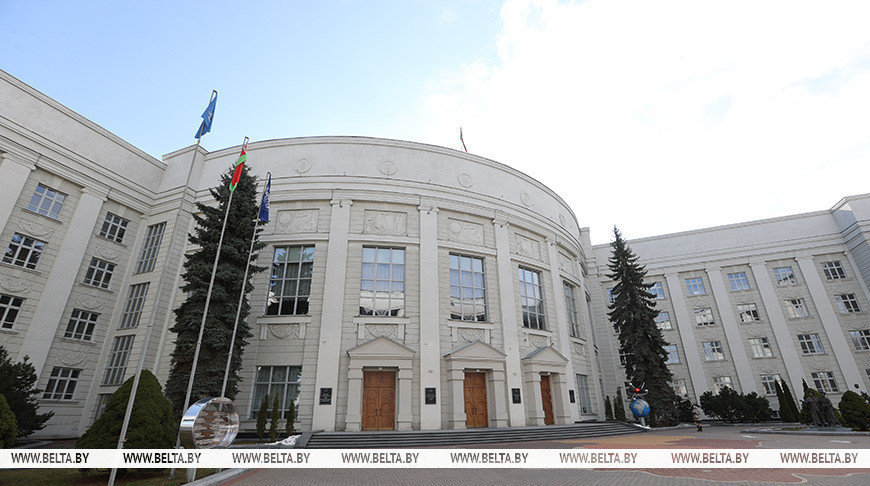
An archive photo
MINSK, 10 August (BelTA) – Belarus plans to optimize the development chain from research concept to production implementation, Vladimir Karanik, Chairman of the Presidium of the National Academy of Sciences of Belarus, said in an interview with the First News TV Channel following a recent meeting with the head of state, BelTA reports.
“The meeting addressed various issues, including the suboptimal structure of the National Academy of Sciences. We need to think how to make it more effective, preserve and enhance existing achievements,” said Vladimir Karanik. “The second problem is ‘small-scale research projects’ – some projects lack scientific novelty or significance but are undertaken to sustain institutional operations. Therefore, we discussed separating funding approaches for routine operations and actual research projects.”
The participants of the meeting also emphasized improving the performance of the ‘idea–fundamental research–applied research–production implementation’ pipeline.
“We’ve repeatedly addressed the issue of developing funding mechanisms for high-risk projects – or what’s now called ‘venture financing’. Together with the Council of Ministers, we’ll continue developing mechanisms to make this segment of the innovation chain more efficient – preventing freeloading while maintaining room for groundbreaking ideas that eventually become everyday realities, generate revenue, and elevate our scientific prestige.”
“Fundamental and applied research must culminate in experimental prototypes or pilot industrial batches. Before production implementation, we must be absolutely certain the technology performs as intended – without requiring prolonged refinement that compromises end-product quality.”
“Significant questions remain about rapidly producing pilot batches and securing supplementary funding to perfect research outcomes. The Academy of Sciences and the Council of Ministers are tasked with resolving these issues. As for implementation – that’s the client’s responsibility. When state regulators commission scientific solutions and researchers deliver quality products, the client bears responsibility for scaling the technology – ensuring it doesn’t gather dust awaiting ‘better times’,” emphasized the NASB Presidium chairman.
In his view, it’s equally crucial for academic researchers, industry professionals, and representatives of applied science institutions to have opportunities to lecture students. “This elevates our universities’ prestige and makes them more practice-oriented. Moreover, it lets us identify future researchers at universities – through their eager eyes, post-lecture questions, and proposed ideas,” concluded Vladimir Karanik.













